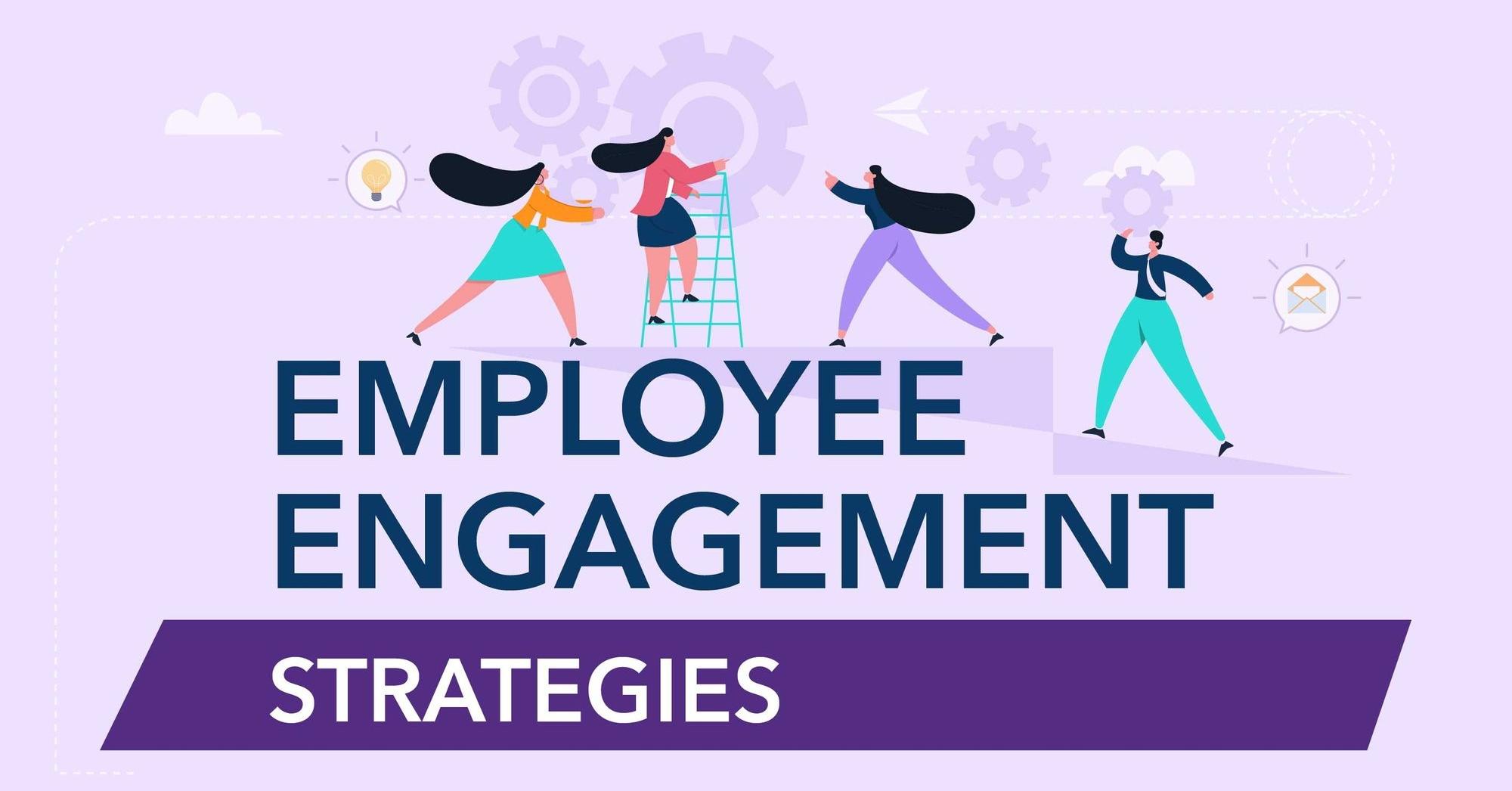In today’s era, employee engagement holds importance in driving the success of any organization. To foster a work environment and enhance productivity, it is crucial to have an inclusive employee engagement strategy. One critical aspect that should never be overlooked is ensuring the accessibility of employee engagement software or Learning Management Systems (LMS).
Accessibility involves designing and developing software that individuals with disabilities or impairments can utilize. Ensuring that individuals with disabilities or impairments can utilize the employee engagement app is essential for creating an inclusive workplace environment. It is not just a requirement but a moral obligation for organizations to make their platforms accessible to all employees. By embracing accessibility, companies can cultivate a workplace that values diversity and empowers individuals to maximize their potential.
To achieve accessibility, organizations must prioritize maintenance efforts to ensure that the software remains inclusive and user-friendly. Here are some key considerations for maintaining accessibility.
1. Complying with Accessibility Standards
It is vital for organizations to adhere to established accessibility standards while developing and updating their employee engagement software. Guidelines such as the Web Content Accessibility Guidelines (WCAG) offer insights and best practices for ensuring content accessibility for individuals with disabilities.
Organizations should adhere to these guidelines to ensure their software is compatible with technologies like screen readers, magnifiers, and keyboard navigation.
Click Here – What Is An Open Call?
2. Conducting audits for accessibility
It is crucial for organizations to regularly conduct accessibility audits to identify any barriers or areas that need improvement in their employee engagement software. These audits involve testing the software with technologies and evaluating its performance against accessibility benchmarks. By identifying and addressing accessibility issues, organizations can guarantee that the software remains accessible to all employees.
3. User Testing and Gathering Feedback
In addition to audits, organizations should prioritize user testing and actively seek feedback to validate the accessibility of their employee engagement software. By involving employees with disabilities in the testing process organizations can gather insights and feedback regarding its accessibility. This feedback can then be utilized to make improvements and address any usability issues that may arise.
4. Providing Training and Support
Organizations must offer training and support to employees on utilizing the employee engagement software. This training should include guidance on accessing its accessibility features as navigating the software using assistive technologies. By equipping employees with the knowledge and skills organizations can ensure that everyone can actively participate in and benefit from employee engagement initiatives.
5. Continuous Improvement
Maintaining and improving the accessibility of employee engagement software is a process, for organizations. They should continuously monitor user feedback, keep up with accessibility standards, and make changes to enhance the software’s accessibility. By prioritizing improvement, organizations can ensure that their software remains accessible as technology evolves and new challenges arise.
Benefits of Accessible Employee Engagement Software
Ensuring employee engagement software is accessible brings advantages for organizations. Firstly it promotes inclusivity by providing opportunities for all employees to engage with the software and participate in initiatives. This fosters a sense of belonging among employees and contributes to an inclusive work culture.
Secondly, accessible software enhances productivity and efficiency. Employees with disabilities can use the software, maximizing their contributions to the organization. By removing barriers and offering features organizations can unlock the potential of all employees.
Additionally, accessible employee engagement software promotes innovation and creativity within the organization. When all employees, regardless of their abilities or disabilities, can fully participate and contribute their unique perspectives, ideas, and skills, it creates a diverse and rich pool of talent. This diversity in thought and experience can lead to innovative solutions, better problem-solving, and creative collaborations, ultimately driving the organization’s success in today’s competitive business environment.
Lastly, complying with accessibility standards reduces risks and protects organizations from potential litigation. In countries, failure to meet these standards can have consequences. By ensuring accessibility, organizations can avoid issues and demonstrate their commitment to creating an inclusive workplace.
Conclusion
Organizations must prioritize both the strategic aspects of making employee engagement software accessible. By maintaining and enhancing these systems, organizations can establish a digital environment that encourages active participation and contributions from every employee. This approach fosters a workplace culture that appreciates diversity and empowers all individuals to succeed.

